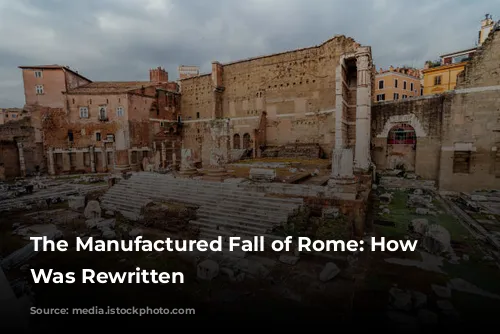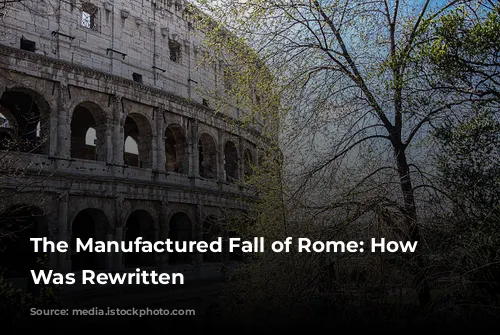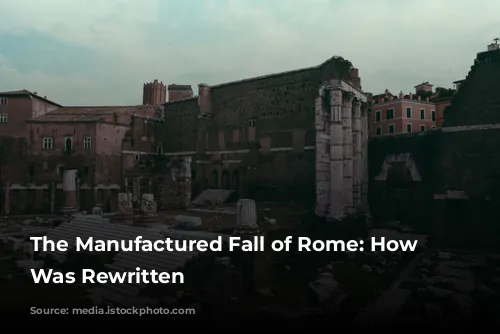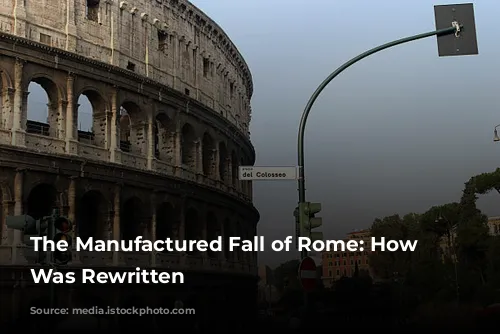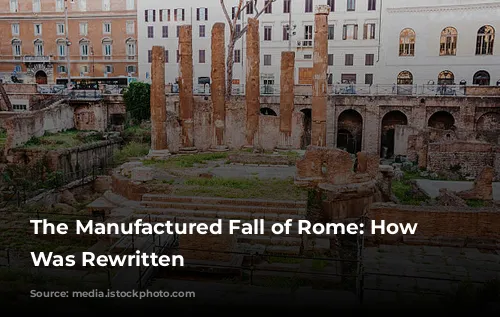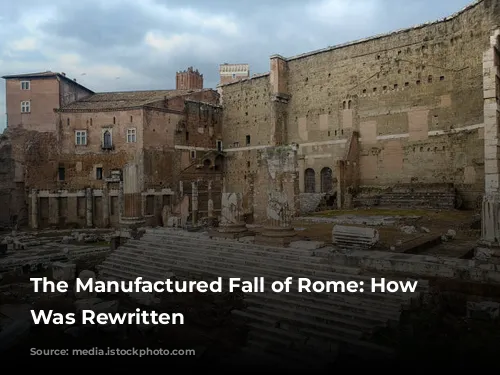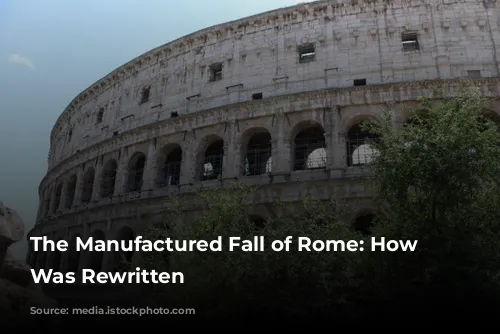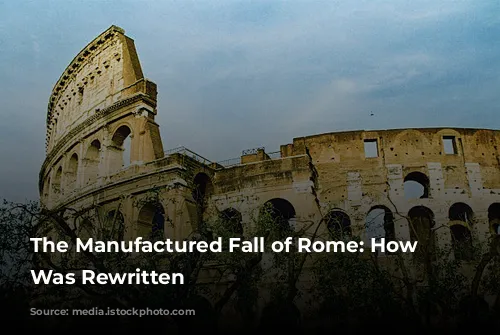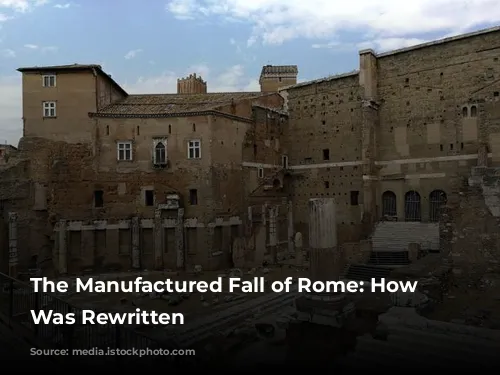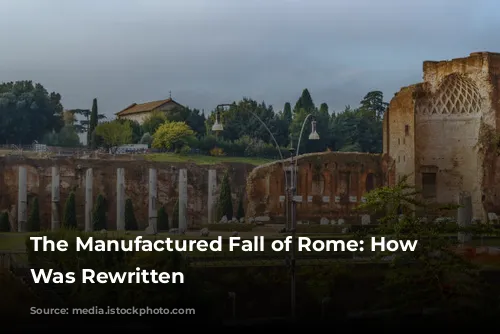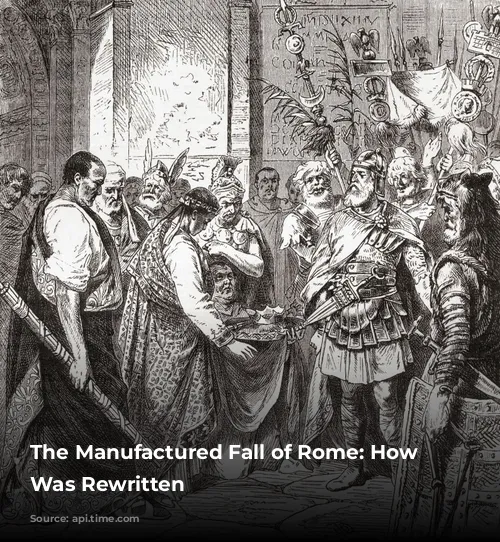It’s a common fact, something we learn in school: the Western Roman Empire fell in 476 AD. But what if this popular understanding of history isn’t entirely accurate? This is the intriguing question that Edward J. Watts, a renowned historian, explores in his book “The Eternal Decline and Fall of Rome.” In this article, we’ll delve into the captivating story of how the fall of Rome, as we know it, was actually a fabricated event.
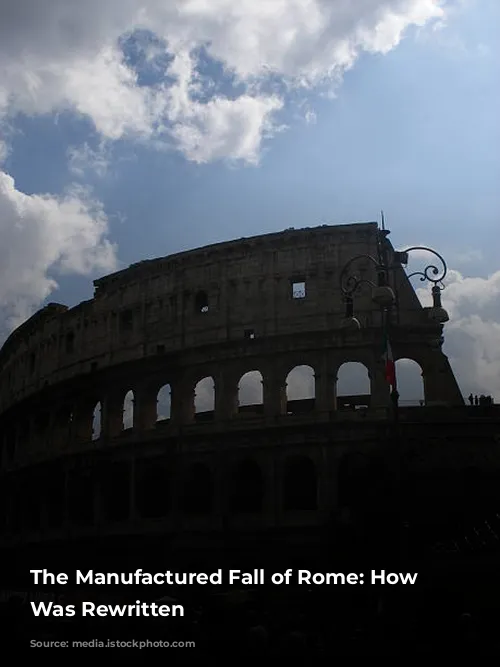
The Coup That Wasn’t the End
In 476 AD, Odoacer, a barbarian commander, forced the young emperor Romulus Augustus to step down. This event, however, wasn’t seen as a significant turning point at the time. For Romans, it was just another coup in a series of upheavals that had become a regular occurrence.
The Roman Senate continued to meet in Rome, Latin remained the official language, and Roman law was still in place. In fact, Odoacer even minted coins featuring the busts of Roman emperors, which further highlights the continued existence of Roman institutions.
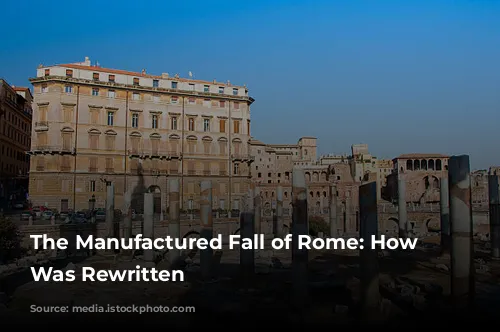
The Rise of Theoderic and a Renewed Roman Identity
Theoderic, another powerful barbarian leader, eventually replaced Odoacer in 493 AD. His reign was marked by a period of recovery for Italy, with renewed military successes in neighboring regions.
Theoderic, like Odoacer, did not dismantle the Roman system. Instead, he strengthened it. Roman identity continued to flourish under his rule, with many Romans considering this time as a period of resurgence and revival.
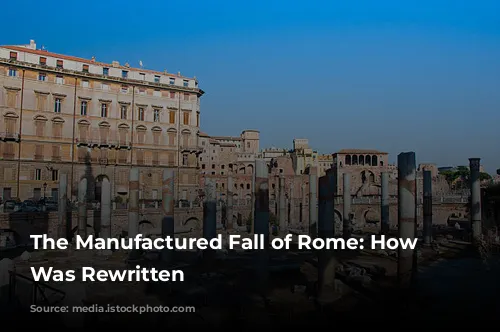
The Eastern Empire’s Intervention and the Creation of a Myth
However, relations between the Western and Eastern Roman Empires began to deteriorate under Theoderic’s leadership. This tension was fueled by the East’s desire to reclaim control over Italy, which had once been part of the Roman Empire.
It was Marcellinus Comes, a historian and advisor to the future Eastern Roman Emperor Justinian, who first claimed that Rome had fallen in 476 AD. His account, written in the late 510s AD, was heavily influenced by the desire of the Eastern Roman Empire to justify an invasion of Italy. Marcellinus conveniently portrayed Odoacer as the king of the Goths (despite him not being one) to further the narrative of Gothic dominance over the West. This fabricated story was cleverly crafted to set the stage for the East’s intervention.
Marcellinus’s writings provided a pretext for Justinian’s invasion of Italy in 535 AD, marking the beginning of a protracted and devastating war. Justinian claimed that the Goths had usurped Italy and that it was rightfully theirs. This invasion, however, proved costly, with both Rome and Italy bearing the brunt of the destruction.
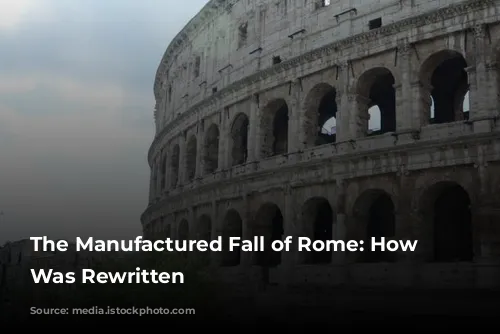
The Real Fall of Rome and a Misplaced Legacy
The Eastern Roman Empire’s victory in Italy did not bring prosperity; instead, it ushered in a period of decline and devastation. The city of Rome, once a magnificent metropolis, was reduced to a shadow of its former self.
It was the Eastern Roman Empire’s invasion, not Odoacer’s coup, that truly led to the fall of the Western Roman Empire. Yet, history has been distorted to blame Odoacer for a demise that he did not cause.
This misconception has had far-reaching consequences. It has allowed us to believe that the Western Roman Empire fell due to internal instability caused by barbarian incursions. It has created a false narrative that blinds us to the true complexities of history and the true cause of Rome’s downfall.
By recognizing that the fall of Rome was not as simple as we have been taught, we can gain a more nuanced understanding of history and learn from its lessons. We must not succumb to fabricated narratives and strive to understand the real forces at play in shaping the course of human events.
